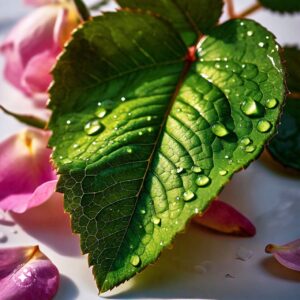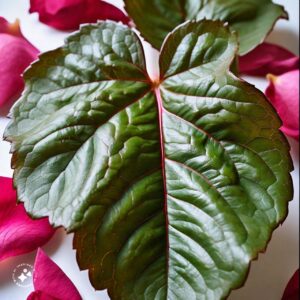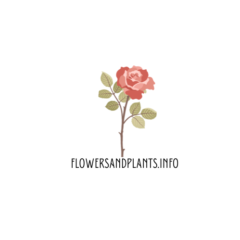The term “danger pink rose” most likely refers to the color and not an actual specific type of rose. Roses, like most flowers, have the same basic structure:
- Petals: The colorful outer layer that attracts pollinators. Roses can have anywhere from 5 to 100 petals, depending on the variety.
- Sepals: The small, green leaf-like structures that enclose the flower bud before it opens.
- Stamens: The male reproductive organs of the flower, which produce pollen.
- Pistil: The female reproductive organ of the flower, which consists of the stigma (the receptive surface that receives pollen), style (the stalk that supports the stigma), and ovary (the part that contains the ovules).
- Receptacle: The enlarged base that supports all the other flower parts.
- Pedicel:
The stalk that attaches the flower to the stem.
Rose flower structure
Pink is only one of the many colours that roses may be. Pink roses come in a variety of hues, ranging from pale blush to intense fuchsia. A pink rose’s exact significance might change based on its hue and quantity of blossoms. On the other hand, pink roses are typically connected to feelings of love, gratitude, admiration, and appreciation.
One particular hue of pink that’s frequently described as eye-catching, vivid, and dramatic is called “danger pink.” It may represent many different things, such as danger, excitement, and passion. Therefore, a “danger pink rose” may be used to alert others to impending danger or it could be seen as a symbol of intense love.
Most roses have similar architecture, however “danger pink” refers to the colour of the rose rather than a particular kind. A deeper look at a rose’s leaves, blossom, fruit, and thorns is provided below:
Leaves:
- Rose leaves are serrated,
Rose leaf
- They are typically arranged alternately on the stem and have a compound structure, with several leaflets branching from a central stalk.
- The leaves play a vital role in photosynthesis, the process by which roses convert sunlight, water, and carbon dioxide into energy.



Bud:
- A rose bud is the unopened flower in its early stage of development.
Rose bud
- It is tightly wrapped in sepals, which are small, green leaf-like structures that protect the developing flower.
- The color of the sepals can vary depending on the rose variety, but they are often green or reddish-green.
- As the bud matures, the sepals will eventually unfold to reveal the rose flower.
Fruit:
- The rose fruit is called a hip.
- It develops from the ripened ovary of the flower and is typically small and fleshy.
- Hips can be red, orange, or black, depending on the rose variety.
- They contain numerous seeds, which can be used to propagate new rose plants.


Thorns:
- Rose thorns are actually modified stems.
- They grow from the nodes, which are the points where leaves join the stem.
- Thorns are thought to help protect roses from herbivores and to assist them in climbing.
- The size, shape, and number of thorns can vary depending on the rose variety. Some roses have very few thorns, while others are densely covered in them.



For more information Just Click_Here


1 thought on “Structure of Danger Pink Rose”